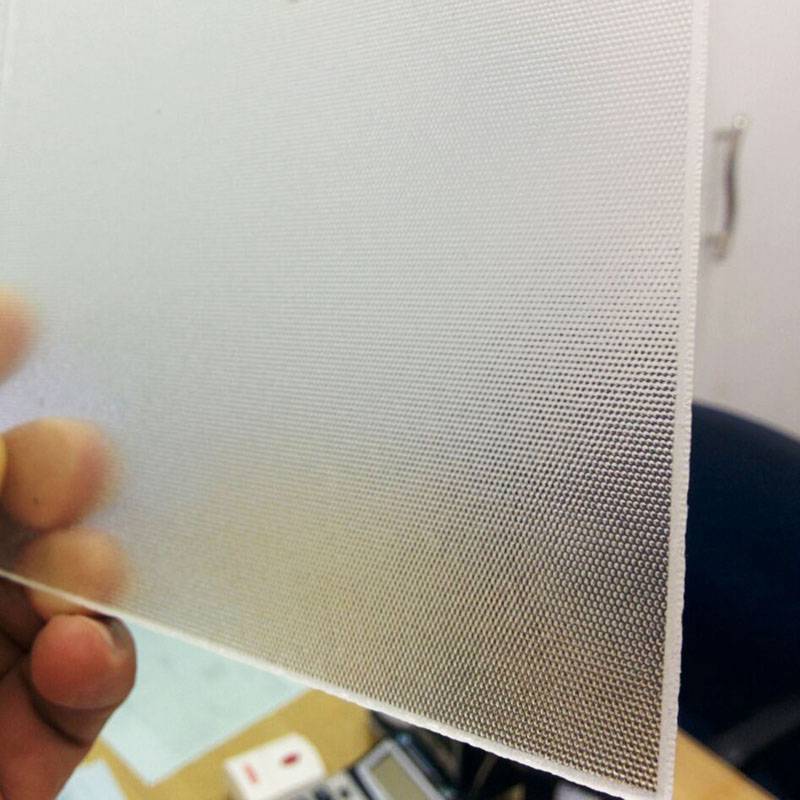Exploring Types of Glass Architecture
Glass architecture has revolutionized the way we design and construct buildings. Its transparent nature allows for a unique interplay of light and space, creating environments that are both visually stunning and functionally effective. This article explores different types of glass architecture, highlighting their characteristics, advantages, and applications in contemporary design.
1. Structural Glass Architecture
Structural glass architecture uses glass not only as a decorative material but also as a primary structural component of a building. This technique involves advanced engineering that allows glass to bear loads and withstand forces, making it an integral part of the building's framework. Famous projects such as the Apple Store in New York City, with its monumental glass cube entrance, exemplify this innovation. The use of structural glass fosters a seamless connection between interior and exterior spaces, offering panoramic views and enhancing the user experience.
2. Curtain Wall Systems
Curtain wall systems are one of the most common applications of glass in architecture. These non-structural façades are typically made of aluminum and glass and are attached to the building’s framework without bearing any of its weight. This system provides an elegant exterior while allowing for flexibility in design and materials. The Lever House in New York, designed by Skidmore, Owings & Merrill, showcases this approach with its sleek, modern glass façade that reflects the urban landscape. Curtain wall systems are favored for their ability to create light-filled interiors while efficiently managing thermal and acoustic performance.
3. Glass Facades
Glass facades serve as the exterior protective layer of a building, utilizing a variety of glass types. These facades can be either fully transparent or designed with reflective properties, enhancing energy efficiency and occupant comfort. One notable example is the Bosco Verticale in Milan, which integrates green terraces into its glass-clad structure, promoting biodiversity and sustainability. Glass facades not only beautify buildings but also encourage natural light, reducing reliance on artificial illumination and creating healthier living and working environments.
types of glass architecture
4. Glass Roofs and Skylights
Glass roofs and skylights are popular features in modern architecture, allowing natural light to flood interior spaces. These elements create a sense of openness and can significantly enhance the aesthetic appeal of a building. An iconic example is the Louvre Pyramid in Paris, where the glass structure allows visitors to view the museum's courtyard from indoors. Glass roofs are particularly effective in atriums, conservatories, and public spaces, where they can create a spectacular ambiance while providing weather protection.
5. Smart Glass Technology
The advent of smart glass technology is transforming the possibilities of glass architecture. Smart glass can change its properties in response to environmental stimuli, such as heat or light, offering enhanced energy efficiency and comfort. This technology can be applied to windows that tint automatically based on sunlight intensity, effectively controlling heat and glare inside the building. Projects like the Bullitt Center in Seattle exemplify the use of smart glass to achieve net-zero energy consumption, pushing the boundaries of sustainable design.
6. Glass Partitions and Interior Design
Beyond façades and roofs, glass is increasingly being used in interior spaces to create divisions while maintaining an open feel. Glass partitions are a stylish solution for offices, homes, and public buildings, allowing for privacy without sacrificing light. They can be fixed or movable, offering flexibility in space management. The use of frosted or patterned glass can enhance privacy while still promoting a bright and airy environment.
Conclusion
Glass architecture is an evolving field that embodies the principles of modern design, sustainability, and innovation. From structural applications to aesthetic enhancements, the various types of glass architecture contribute significantly to the built environment. As technology advances and design philosophies shift towards greater sustainability, the role of glass in architecture will continue to expand, shaping the future of urban landscapes. Whether it is through grand glass structures or subtle interior elements, glass architecture offers a glimpse into a world where design, function, and sustainability harmoniously coexist.
 Afrikaans
Afrikaans  Albanian
Albanian  Amharic
Amharic  Arabic
Arabic  Armenian
Armenian  Azerbaijani
Azerbaijani  Basque
Basque  Belarusian
Belarusian  Bengali
Bengali  Bosnian
Bosnian  Bulgarian
Bulgarian  Catalan
Catalan  Cebuano
Cebuano  Corsican
Corsican  Croatian
Croatian  Czech
Czech  Danish
Danish  Dutch
Dutch  English
English  Esperanto
Esperanto  Estonian
Estonian  Finnish
Finnish  French
French  Frisian
Frisian  Galician
Galician  Georgian
Georgian  German
German  Greek
Greek  Gujarati
Gujarati  Haitian Creole
Haitian Creole  hausa
hausa  hawaiian
hawaiian  Hebrew
Hebrew  Hindi
Hindi  Miao
Miao  Hungarian
Hungarian  Icelandic
Icelandic  igbo
igbo  Indonesian
Indonesian  irish
irish  Italian
Italian  Japanese
Japanese  Javanese
Javanese  Kannada
Kannada  kazakh
kazakh  Khmer
Khmer  Rwandese
Rwandese  Korean
Korean  Kurdish
Kurdish  Kyrgyz
Kyrgyz  Lao
Lao  Latin
Latin  Latvian
Latvian  Lithuanian
Lithuanian  Luxembourgish
Luxembourgish  Macedonian
Macedonian  Malgashi
Malgashi  Malay
Malay  Malayalam
Malayalam  Maltese
Maltese  Maori
Maori  Marathi
Marathi  Mongolian
Mongolian  Myanmar
Myanmar  Nepali
Nepali  Norwegian
Norwegian  Norwegian
Norwegian  Occitan
Occitan  Pashto
Pashto  Persian
Persian  Polish
Polish  Portuguese
Portuguese  Punjabi
Punjabi  Romanian
Romanian  Russian
Russian  Samoan
Samoan  Scottish Gaelic
Scottish Gaelic  Serbian
Serbian  Sesotho
Sesotho  Shona
Shona  Sindhi
Sindhi  Sinhala
Sinhala  Slovak
Slovak  Slovenian
Slovenian  Somali
Somali  Spanish
Spanish  Sundanese
Sundanese  Swahili
Swahili  Swedish
Swedish  Tagalog
Tagalog  Tajik
Tajik  Tamil
Tamil  Tatar
Tatar  Telugu
Telugu  Thai
Thai  Turkish
Turkish  Turkmen
Turkmen  Ukrainian
Ukrainian  Urdu
Urdu  Uighur
Uighur  Uzbek
Uzbek  Vietnamese
Vietnamese  Welsh
Welsh  Bantu
Bantu  Yiddish
Yiddish  Yoruba
Yoruba  Zulu
Zulu 

